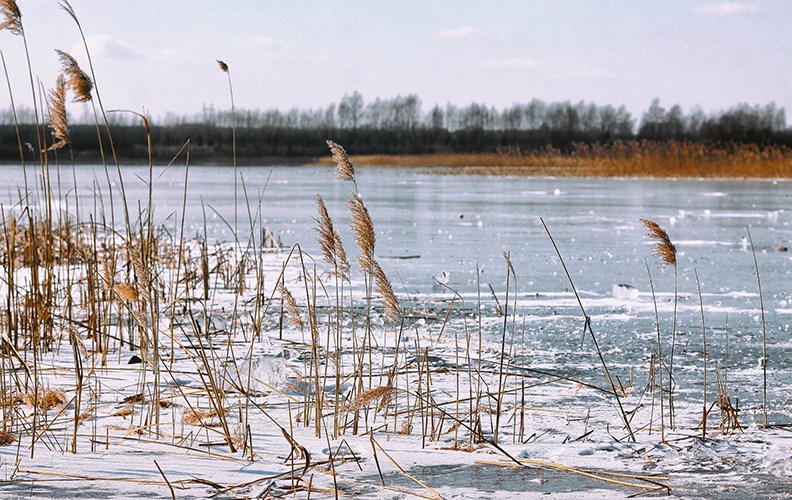Ice surfaces can at this time of year be dangerously deceptive — potentially appearing safe to tread upon when actually ready to crack and break under the slightest amount of pressure.
So as tempting as heading out for a day of ice fishing or perhaps skating along a creek or another surface of frozen water might be, ensuring safety should be of paramount concern as spring approaches and warmer weather arrives; hopefully.
Alberta Environment and Parks officials urge everyone who enjoys spending time playing outdoors near or on any ice surface to bear in mind some safety tips.
Never walk on ice that is less than 10 centimetres (four inches) thick and do not drive on ice that is less than 30 centimetres (12 inches) thick. Of course, if ever in doubt, the most advisable course of action would simply be to err on the side of caution and refrain from stepping out onto a possibly perilous surface.
Additionally, Albertans are reminded to beware of ice near the inlet and outlet of streams, and to exercise extra caution on river and stream ice, which can vary in thickness and strength from area to area because of variables such as temperature, water current, springs, snow cover, and time of year.
Those who are fond of ice fishing and drive vehicles onto the ice should be sure to proceed slowly, as well as to avoid following or parking too closely to any other vehicles.
“Ice can bend and crack with the weight of people, vehicles or heavy snow. Keep an eye on ice and snow conditions ahead of you. If the weather has been warm or heavy snow has depressed the ice, there may be hidden slush traps that can trap a vehicle,” reads a statement on a provincial website.
And contrary to the customary habit of always buckling up, anyone travelling in a vehicle on lake ice should actually be sure to keep his or her seatbelt off. Officials also recommend keeping a window slightly open as well as leaving the door half unlatched so it can be quickly swung open if needed. Equipment that people should consider keeping handy at all times include a shovel, tow rope, waterproof matches, as well as nails or spikes in an easily accessible pocket to make easier scrambling out of the water in a worst-case scenario.
Tips to keep in mind for anyone who ends up breaking through the ice include the following: going as quickly as possible to the ice edge and breaking your way to ice that can hold your weight; crawling on your belly up on the ice and spreading your weight as far as possible, using nails or spikes for added traction; and immediately seeking a warm place to remove wet clothes, which could mean making a quick fire — hypothermia can set in very quickly, rendering a person helpless, so time is of the essence.
Visit www.mywildalberta.ca, an Alberta Environment and Parks website, and click on Ice Safety Tips for the full breakdown.
We hope everyone who so desires gets the opportunity to safely enjoy the last bit of winter without taking unnecessary chances that put not only their own lives at risk, but also those of rescue crews who end up putting their lives on the line.
— Ducatel is the Round Up’s editor




